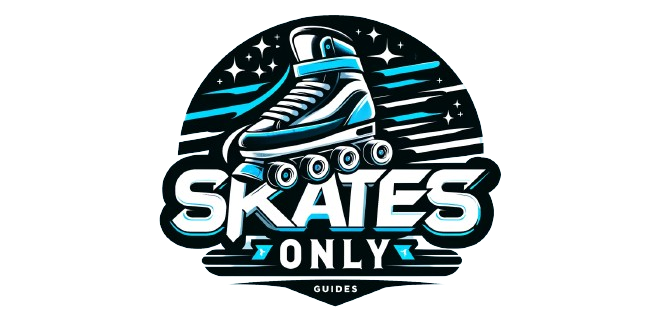Learning how to stop on ice skates is a fundamental skill that every skater needs to master. It’s essential not only for your safety but also for enhancing your overall skating proficiency.
Whether you’re a beginner just starting to explore the ice or an enthusiast aiming to refine your skills, understanding how to stop on ice skates is crucial.
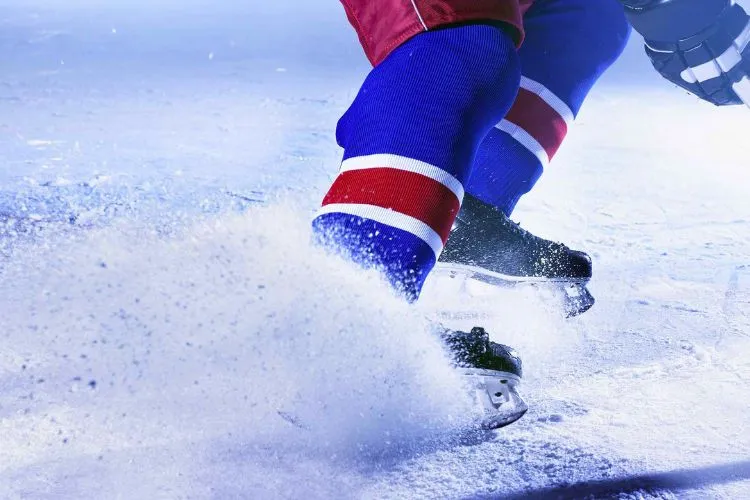
Understanding the Basics
Stopping on ice skates involves various techniques, each suitable for different levels of expertise and situations on the ice. The Snowplow Stop, T-Stop, and Hockey Stop are the most common methods.
Each technique requires a unique approach, but they all share the necessity of a proper posture for execution.
Keeping your knees bent and distributing your weight correctly is fundamental to maintaining balance and control while attempting to stop.
Preparing to Stop
Before you practice stopping, choosing the right time and place is vital. Opt for a session when the rink is less crowded, allowing you more space to practice without interruptions.
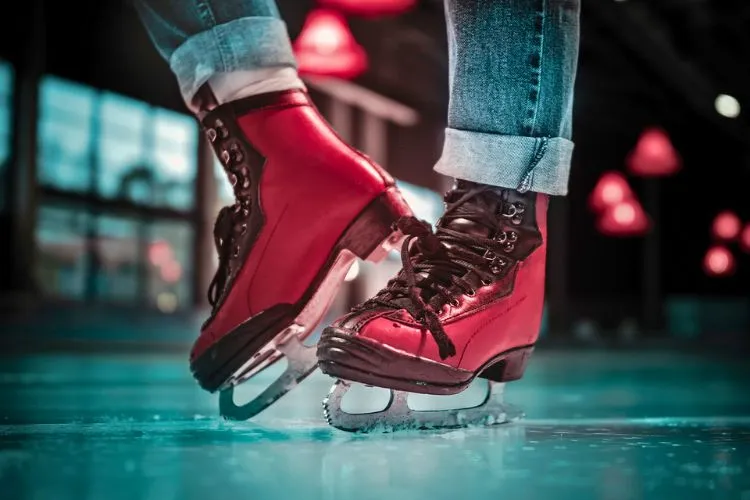
Equally important is wearing appropriate safety gear. Helmets, knee pads, and elbow pads can protect you from injuries if you fall.
How to Stop on Ice Skates?
The Snowplow Stop
The Snowplow Stop is an ideal technique for beginners. It involves starting with a slow glide, then slowly pushing your feet outwards and pointing your toes slightly inwards.
You apply pressure on the inside edges of your skate blades against the ice, which creates friction and slows you down.
Begin with light pressure and increase it gradually to find your balance. Starting this practice at a low speed will help you gain confidence in your ability to stop.
The T-Stop
The T-Stop is a step above the Snowplow in terms of difficulty. You glide on one foot and place the other foot perpendicular behind you, lightly touching the ice.
Applying pressure to the back blade will create the friction needed to slow down. Maintaining a straight back and using your arms for balance will help you execute a smooth T-Stop.
Like with the Snowplow Stop, start by applying light pressure and increase it as you gain more control.
The Hockey Stop
The Hockey Stop is more advanced and is commonly used in ice hockey. It involves a quick turn of the skates in the direction you want to stop, coupled with a deep bend in the knees.
It requires a bit of a lean into the stop and usually results in a spray of ice. Practicing turning your skates at a lower speed is advisable before attempting a full Hockey Stop.
Ensuring that you can perform this stop on both sides will significantly improve your maneuverability and control during games.
Common Mistakes to Avoid
A few common mistakes can hinder your ability to stop efficiently. Over-tightening your skates can impact circulation, leading to discomfort, while not bending your knees enough can result in falls.
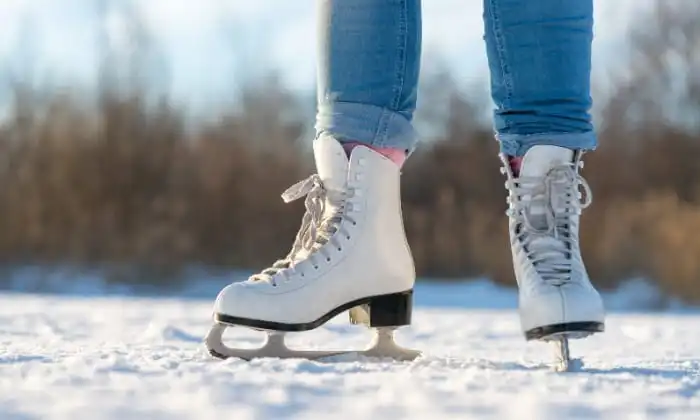
Additionally, consistent practice is key. Stopping effectively on the ice doesn’t happen overnight. It requires time, patience, and regular practice.
Maintaining Your Equipment
Ensuring your skates are in good condition is crucial for effective stopping. Sharp blades provide better grip on the ice, making it easier to execute stops.
Regular maintenance of your skates will not only improve your performance but also extend the lifespan of your equipment.
You may also find useful: How to Stop on Rollerblades? | How to Stop on Roller Skates?
Practicing Advanced Stopping Maneuvers
Advanced stopping maneuvers on ice require a combination of speed, agility, and precision. Practicing these techniques not only enhances skating performance but also improves safety on the ice.
Techniques such as the parallel slide stop, where skaters use both blades to stop simultaneously from high speeds, or the pivot stop, demanding a rapid change in direction while halting, are critical for advanced skaters.
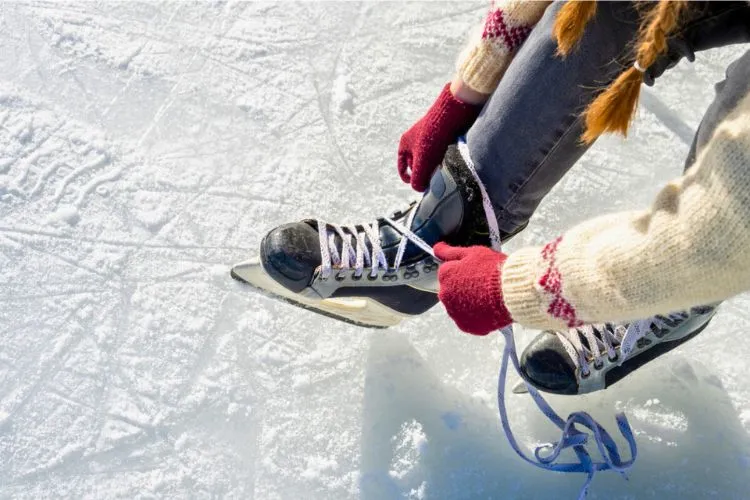
Each maneuver demands a deep understanding of balance and blade positioning. To master these, skaters should gradually increase the complexity of their drills, focusing on footwork, body posture, and maintaining control over their momentum.
Regular practice under varied ice conditions will sharpen these advanced stopping skills, ensuring they become second nature.
Advanced Techniques and Drills
Advanced techniques and drills focus on refining your stops with precision and flair. Exercises like the one-foot stop push your balance to the limit, requiring you to rely on a single skate while halting.
Edge work drills, where you practice stopping on the inside and outside edges of your blades, improve ankle strength and control.
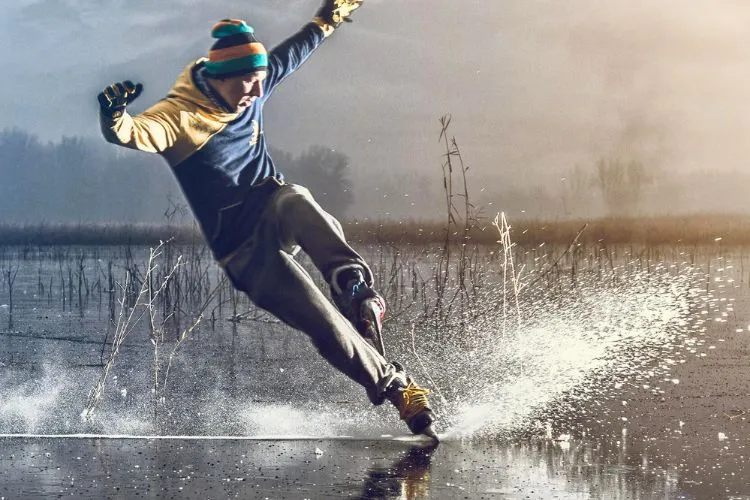
For a real challenge, the jump stop involves a small hop before landing into a stop, combining air time with the skill of immediate deceleration.
Skaters can also integrate spins into their stops for dramatic effect. Commitment to these advanced drills will significantly boost your dexterity on the ice, making you a more competent and confident skater.
Frequently Asked Questions (FAQs)
How do I stop faster on ice skates?
Stopping faster on ice skates requires more practice and refining your technique. Ensuring your skates are well maintained and your blades are sharp can also contribute to more efficient stops.
Is it easier to stop on hockey skates or figure skates?
The ease of stopping depends more on technique and practice than on the type of skates. However, hockey skates are designed for quick stops and starts, which might offer slight advantages for certain stopping techniques.
What should I do if I keep falling while trying to stop?
Falling is part of the learning process. Ensure you’re wearing the appropriate safety gear and practice at a slower pace until you gain more confidence and control.
How often should I sharpen my ice skate blades for optimal stopping?
The frequency of sharpening depends on how often you skate, but a general guideline is to sharpen your blades after every 20 hours of ice time.
Conclusion
Mastering the ability to stop on ice skates is a crucial aspect of learning to skate. Whether you’re using the Snowplow Stop, T-Stop, or Hockey Stop, the key to success lies in practice and patience.
Remember to prepare adequately, wear appropriate safety gear, and maintain your equipment. With time and dedication, you’ll find stopping on the ice becomes second nature.
This article provides a comprehensive guide on how to stop on ice skates, covering the basic techniques, common mistakes to avoid, and the importance of maintaining your skating equipment.
With practice and patience, you’ll become proficient at stopping, enhancing your overall ice skating experience.
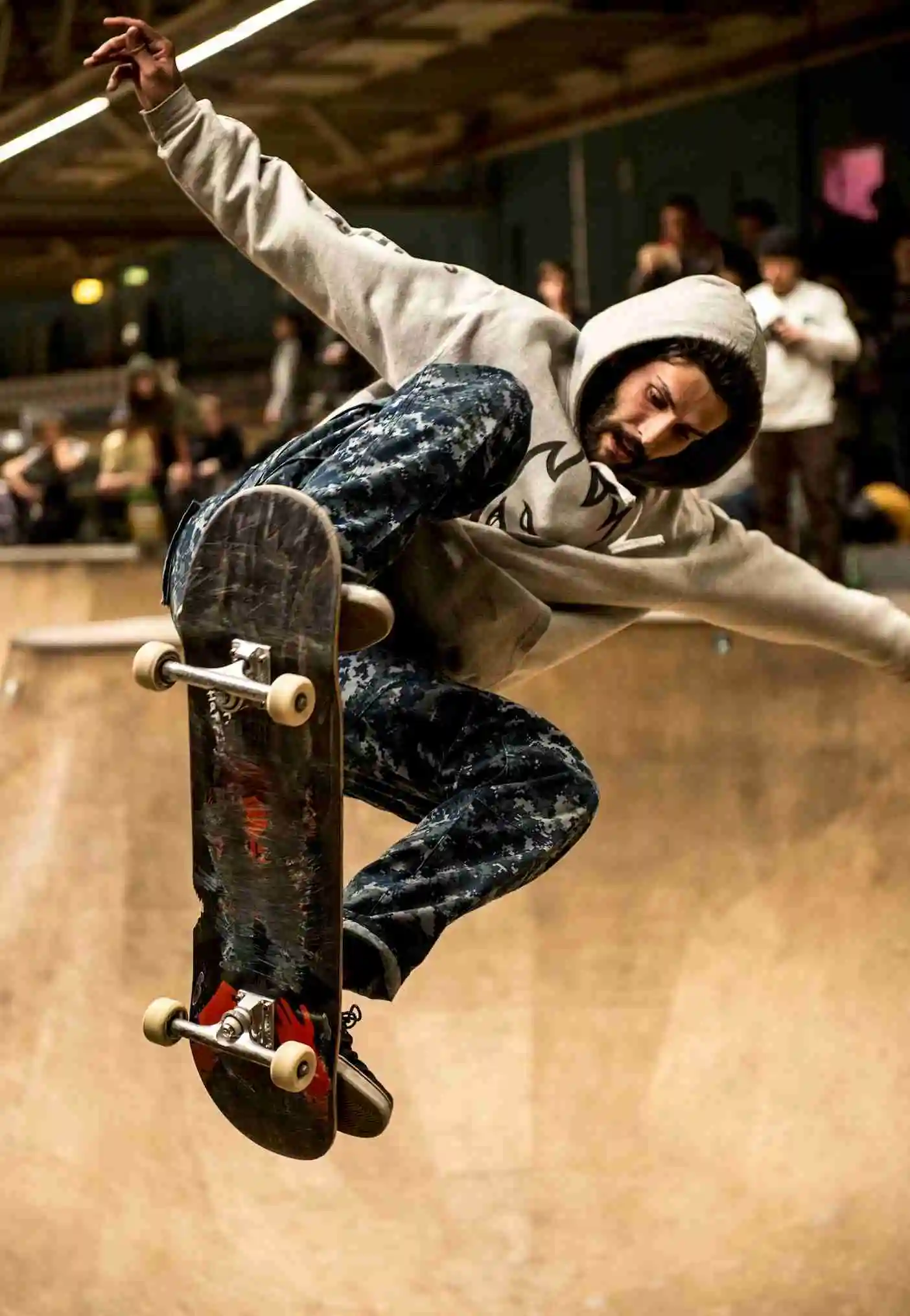
Matthew James is a passionate skater who wanted to create a platform to share his love for skating with others. With a vision to create a vibrant community of skaters, he aims to provide a space where skaters of all levels can connect, learn, and grow together.
